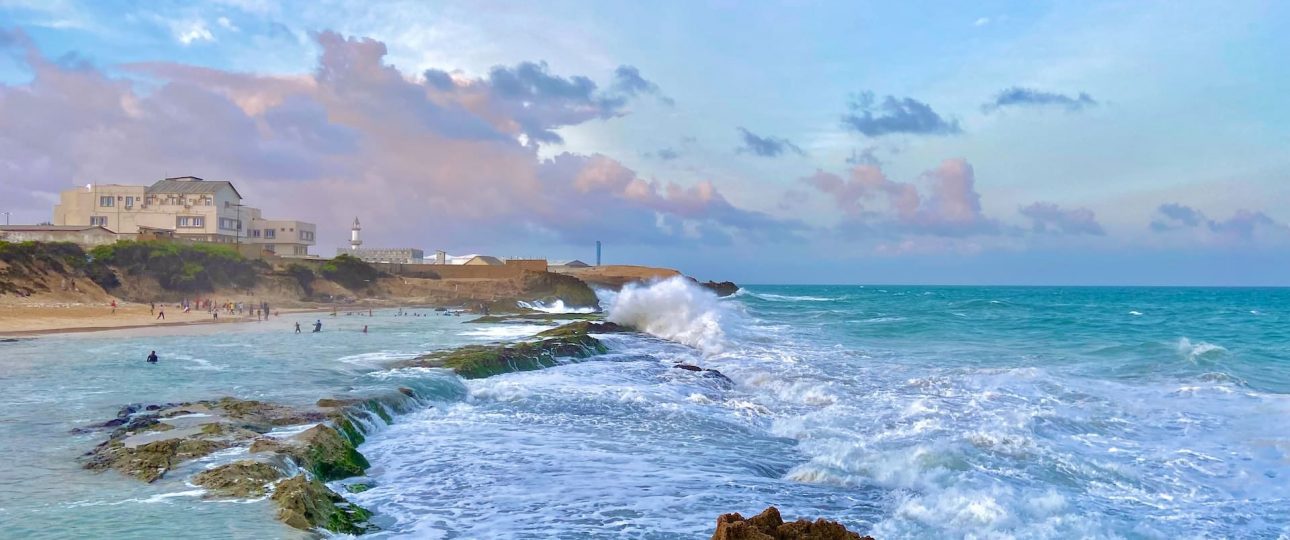Exploring the Dhulbahante Clan Territories in Somalia
The Dhulbahante clan, part of the Harti branch of the larger Darod clan, primarily resides in the Nugaal and Doollo regions of Somalia. This area offers a rich tapestry of cultural heritage and historical significance, particularly for those interested in the history of anti-colonial resistance.
Understanding the Dhulbahante Heritage
The Dhulbahante clan has a storied past, marked by their significant role in the Dervish movement against the British Empire. This rebellion was a pivotal moment in Somali history, with the Dhulbahante playing a crucial role. The clan’s ancestral leader, Garad Shirshore, was instrumental in establishing the traditional hereditary title of Garad, which remains prevalent among the Dhulbahante today. The current supreme Garad is Garad Jama Garad Ali.
Historical Significance
The Dhulbahante territories are steeped in history. The clan’s forefather, Said Saleh Abdi Mohamed Abdirahman bin Isma’il al-Jabarti, is buried in Badweyn, a site of cultural importance. The region also bears the scars of the Dervish movement, a testament to the clan’s resilience and resistance against colonial forces. This history is honored today, with the name Daraawiish given to many regional paramilitaries in Somalia.
Geographical Context
The Dhulbahante primarily inhabit the Sool region in Somaliland, with their territories extending across the Haud region and the Nugaal Valley. These areas, known as Reer Hawd and Reer Nugaaled, offer a unique landscape that reflects the clan’s traditional way of life. Visitors can explore these regions to gain a deeper understanding of the Dhulbahante’s connection to their land.
Visiting the Dhulbahante Regions
Traveling to the Dhulbahante territories requires careful planning. The regions are remote, and infrastructure may be limited. It’s advisable to check current travel advisories and make necessary arrangements in advance. The best time to visit is during the dry season, from December to February, when the weather is more favorable for exploration.
Local Culture and Traditions
Engaging with the Dhulbahante community offers a unique cultural experience. The clan is known for its warm hospitality and rich traditions. Visitors can participate in local ceremonies and learn about the clan’s customs, providing a deeper appreciation for their way of life.
Practical Tips for Travelers
- Plan your visit during the dry season for optimal weather conditions.
- Ensure you have reliable transportation, as public options may be limited.
- Respect local customs and traditions, and engage with the community to enhance your understanding of the Dhulbahante heritage.
- Stay informed about current travel advisories and security conditions in the region.
Exploring the Dhulbahante territories offers a unique opportunity to delve into a significant chapter of Somali history and culture. While the journey may present challenges, the insights gained into the Dhulbahante’s rich heritage and resilient spirit make it a rewarding experience for those willing to venture off the beaten path.




